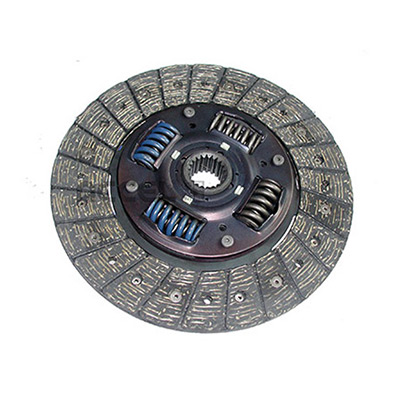Th12 . 12, 2024 09:31 Back to list
waterproof coat factories
Exploring the World of Waterproof Coat Factories
Waterproof coats have become an essential part of everyday life, especially in regions prone to wet weather. The demand for these versatile garments has led to the establishment and growth of numerous waterproof coat factories around the globe. This article will delve into the fascinating world of waterproof coat manufacturing, exploring the processes involved, the technology used, and the implications for consumers and the environment.
The Manufacturing Process
The production of waterproof coats involves a series of well-defined steps to ensure that the final product is both functional and durable. It begins with the selection of suitable materials. Typically, manufacturers use synthetic fabrics such as polyester or nylon, which can be treated with waterproof coatings. These materials are chosen for their excellent water resistance, lightweight nature, and ability to withstand various weather conditions.
Once the materials are procured, the manufacturing process kicks into high gear. The first stage is cutting the fabric into specific patterns that will form the various components of the coat. Modern factories utilize computer-aided design (CAD) software to optimize this process, ensuring minimal waste and maximum precision.
Next comes the assembly phase, where the fabric pieces are stitched together. This step is crucial, as it involves sealing seams and applying special coatings to prevent water from seeping through. Factories may use methods such as heat sealing or tape sealing to achieve a watertight finish. Quality control is emphasized during this stage to guarantee that every coat meets stringent waterproof standards.
Technological Innovations
The waterproof coat industry is continuously evolving, thanks to advancements in technology. Innovative materials such as Gore-Tex and other breathable fabrics have transformed the market by providing wearers with waterproof protection without compromising comfort. These materials allow moisture to escape from the inside while preventing water from entering, making them ideal for active consumers.
Furthermore, automation in factories has revolutionized production efficiency. Robots and automated stitching machines have reduced labor costs and improved output speed, allowing factories to respond to market demands more swiftly. This has been particularly important in the era of fast fashion, where consumers expect quick turnarounds on popular styles.
waterproof coat factories

Environmental Considerations
While the evolution of waterproof coat manufacturing has led to improved performance and efficiency, it has also raised concerns about environmental sustainability. Many traditional waterproofing treatments involve chemicals that can be harmful to the environment. In response, several manufacturers are now seeking eco-friendly alternatives to these practices.
Some companies are exploring the use of recycled materials in their production processes. For example, using recycled polyester made from plastic bottles not only helps reduce waste but also lessens the environmental footprint of manufacturing. Additionally, brands are increasingly investing in durable design strategies, promoting longevity over disposable fashion to combat the growing problem of textile waste.
Consumer Awareness and Market Trends
As consumers become more environmentally conscious, they are increasingly aware of the origins and production methods of the products they purchase. This shift has led to a rise in demand for transparent supply chains and ethically produced goods. Waterproof coat factories that prioritize sustainable practices and offer clear information about their manufacturing processes are likely to gain a competitive edge in the market.
Moreover, the rise of direct-to-consumer sales and online shopping has transformed how waterproof coats are marketed. Brands are leveraging social media and influencer partnerships to reach younger audiences, highlighting the technical features and stylish designs of their waterproof coats. This trend not only showcases the product's functionality but also its fashionability, making it appealing to a wider consumer base.
Conclusion
Waterproof coat factories play a vital role in providing consumers with essential protection against the elements. Through cutting-edge technology and innovative materials, these factories have evolved to meet the growing demand for stylish and functional outerwear. However, as the industry continues to expand, it is imperative to prioritize sustainability and ethical manufacturing practices. By addressing environmental concerns and embracing consumer preferences, waterproof coat factories can ensure their relevance and success in the ever-changing fashion landscape.
-
100% Waterproof PVC/PEVA Kids Poncho | Hoodie Rain Wear
NewsAug.21,2025
-
PVC/PEVA Sleeves: Durable Protection for Workshop & Labour Safety
NewsAug.19,2025
-
Waterproof Kid Apron with Sleeves: PEVA/PVC for Painting Fun!
NewsAug.18,2025
-
36x90" Double Zipper Post Mortem Bag - Secure & Reliable
NewsAug.17,2025
-
Waterproof PVC/Vinyl Work Apron - Heavy-Duty Protection
NewsAug.16,2025
-
Heavy Duty Post Mortem Bag - 36x90, Double Zipper
NewsAug.15,2025





